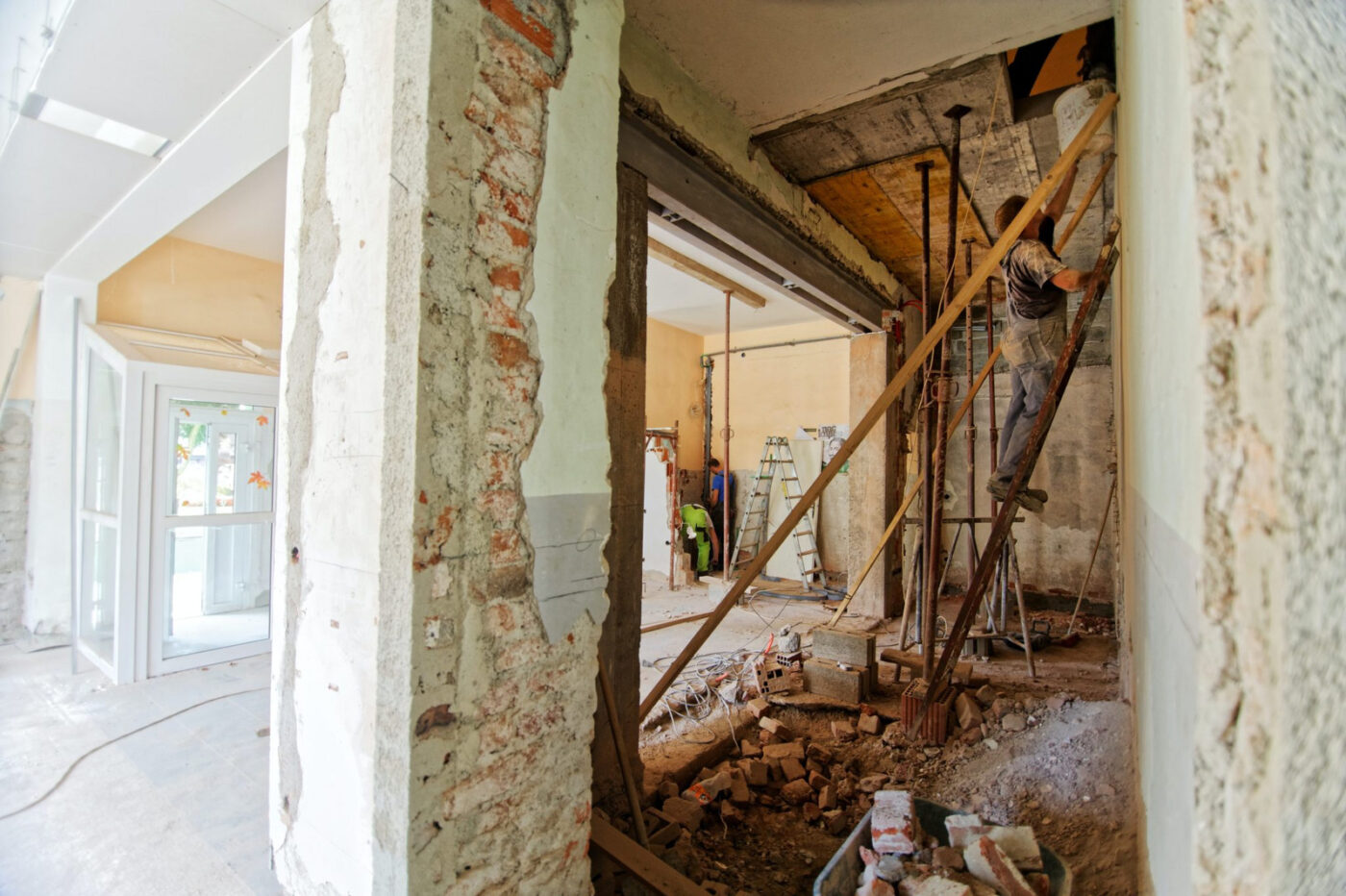Brief • 3 min Read

Americans are eager to move to new areas.
- Over 3 in 10 Americans say the COVID-19 pandemic makes them want to live in a rural area more than 21 miles of a major city (37%) or a suburb within 10 miles of a major city (35%).
- Boomers are more likely than Gen Z/Millennials and Gen X to say the pandemic makes them want to live in a rural area (44% vs 34% and 31%).
- Americans with an annual HHI of less than $50k are more likely than those with an annual HHI of $75k+ to say the pandemic makes them want to live in a rural area (40% vs 33%).
- Around a quarter of Americans who live in an urban (28%) and suburban (25%) area say the pandemic makes them want to live in a rural area.
- While 39% of Americans age 65+ say the pandemic makes them want to live in a suburb, (35%) of Gen Z/Millennials and Gen X and (30%) of Boomers say the same.
- Both urbanites and suburbanites are more likely than those who live in a rural area to say the pandemic makes them want to live in a suburb (24% and 52% vs 11%)
- A quarter of Americans (25%) say the pandemic makes them want to live in an exterior suburb within 10-20 miles of a major city.
- (28%) of Seniors, (26%) of Gen Z/Millennials, (25%) of Gen X, and (21%) of those Seniors want to live in an exterior suburb within 10-20 miles of a major city.
- Both urbanites and suburbanites are more likely than those who live in a rural area to say the pandemic makes them want to live in an exterior suburb within 10-20 miles of a major city (23% and 32% vs 11%).
- Nearly a fifth of Americans (19%) say the pandemic makes them want to live in a major metropolitan city.
- Gen Z/Millennials and Gen X are more likely than Boomers and Seniors to say the pandemic makes them want to live in a major metropolitan city (22% and 28% vs 15% and 7%).
- Americans with an annual HHI of $75k+ are more likely than those with an annual HHI of less and $50k and $50k-$75k to say the pandemic has made them want to live in a major metropolitan area (23% vs 17% and 12%)
- Americans who currently rent their current primary residence are more likely than those who own their current primary residence to say the pandemic makes them want to live in a major metropolitan area (24% vs 17%)
Americans are using new methods to tour a home during the COVID-19 pandemic…
- Around one-third of Americans (31%) have toured homes online since the start of the COVID-19 pandemic: (13%) virtual tours led by a real estate professional, (13%) virtual open house, (10%) a 3D home tour, (9%) watched a video of a tour.
Reasons Americans have used other means to tour homes…
- Around 2 in 5 Americans who have toured homes online since the start of COVID-19, have done so because they like looking at the photos (41%), and they like checking out new neighborhoods (40%).
- More than 3 in 10 Americans who have toured homes online since the start of COVID-19 have done so because they are helping a friend or family member search for a new (35%) and are planning to buy a home soon (34%)
When to expect Americans to take in-person home tours again…
- While 51% of Americans say they will feel comfortable touring a home in person in 2020, 49% say they will feel comfortable touring in person in 2021.
- Gen Z/Millennials and Gen X are more likely than Boomers and Seniors to say they will feel comfortable touring in 2020 (61% and 60% vs 40% each).
- Boomers and Seniors are more likely than Gen Z/Millennials and Gen X to say they will feel comfortable touring in 2021 (60% each vs 39% and 40%).
- While (56%) of Americans living in an urban area say they will feel comfortable touring in 2020, 49% of those in suburban and rural areas feel the same way.
- While (51%) of Americans living in suburban and rural areas say they will feel comfortable touring in 2021, (44%) of those living in urban areas say they will feel the same way.
Methodology
This survey (Wave 11) was conducted online within the U.S. by The Harris Poll from May 8 – 10 among a nationally representative sample of 2,030 U.S. adults.
Subscribe for more Insights
Subscribe to our newsletter for the latest trends in business, politics, culture, and more.
Related Content








